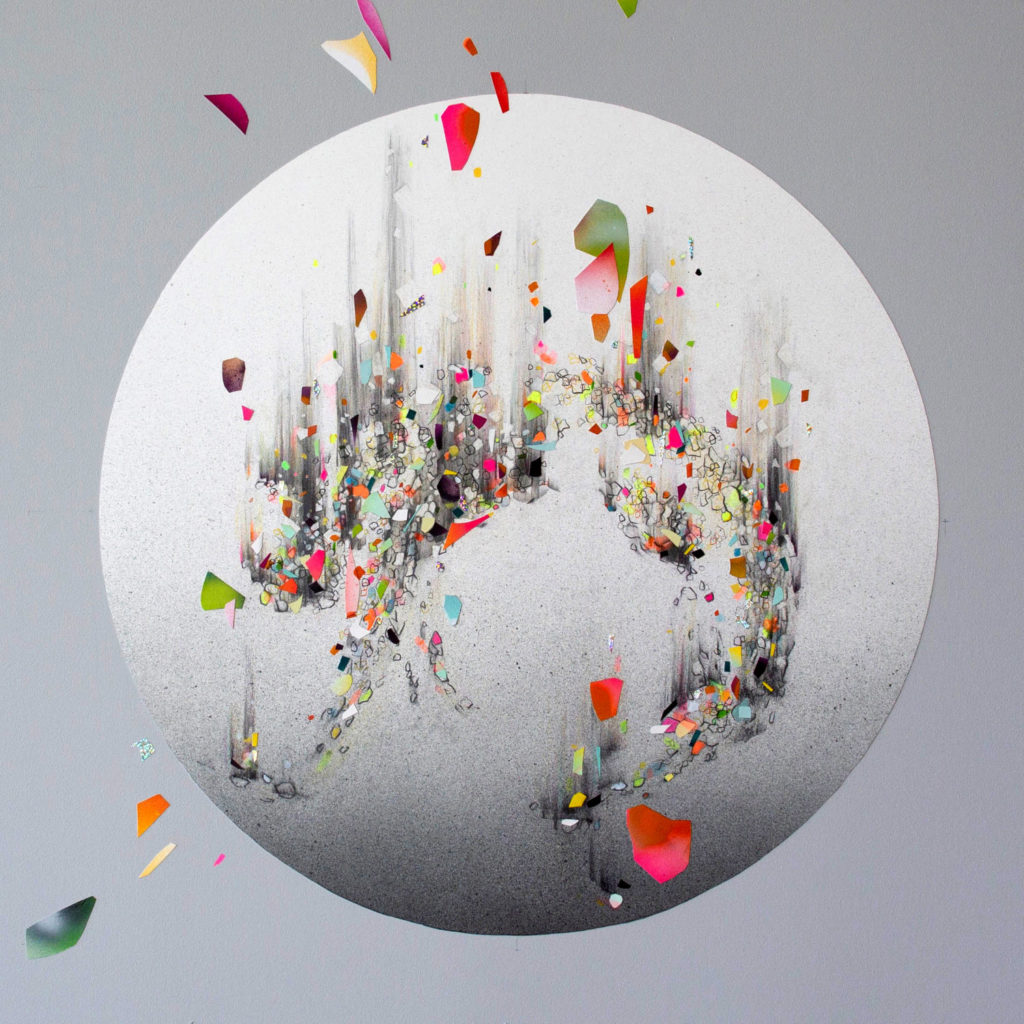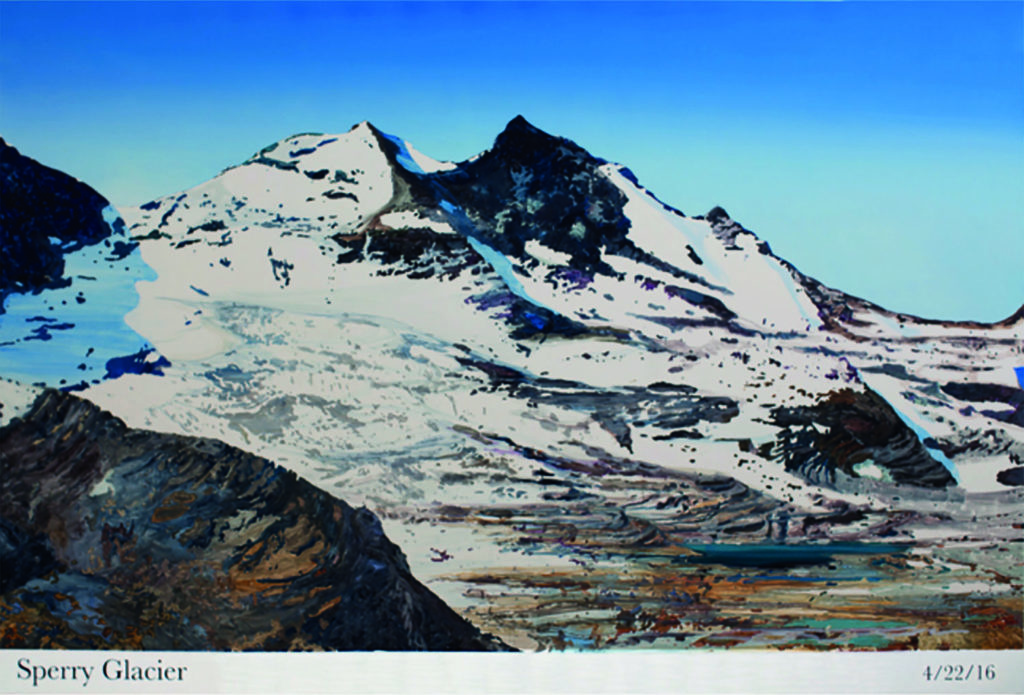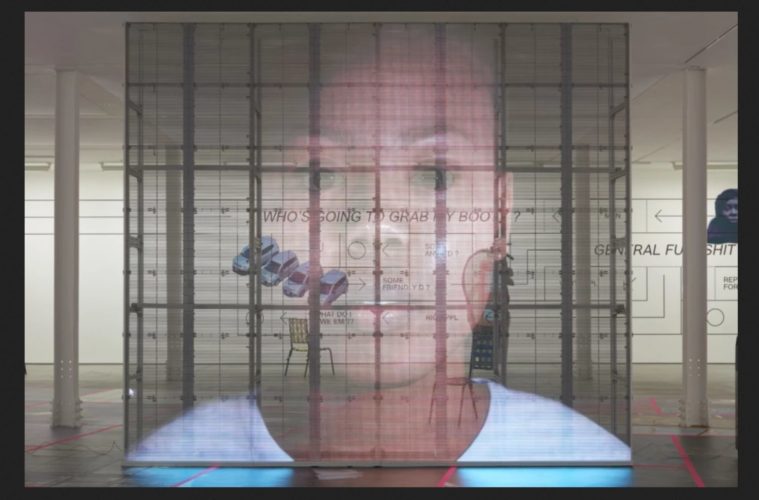Among lofty discourses on the definitional qualities of what it means to be human, much of the philosophy has centered on figuring out what separates us from the rest of the natural world. Of course we are animals, physiologically, but our facilities of abstract thought, complex language and technology of all kinds have taken us out of the food chain and given us at least the persistent illusion of differentiation.
On the cusp of the future rushing towards us we seek increasingly integrated physical and mental technological tools and augmentations. But by pursuing AI, the expanded mind and tele/virtual everything, we will also be increasingly looking to define our separateness from those technologies. In short, we are rediscovering our animal side as a guard against the encroaching intelligent machines that we created in order to separate from nature in the first place.
Trippy, right? Well don’t worry because this sort of conceptual Gordian knot is just what the good people of the Berggruen Institute exist to unravel. And toward that end, they founded the Transformations of the Human (ToftH) program, described as a research project examining “how developments in fields such as artificial intelligence, biotechnology and climate change are changing our understanding of what it means to be human.” And now, in addition to the resident scientists, engineers, philosophers and computer folk, they’ve drafted a cadre of transmedia visual artists to help give these ideas form.
The 10 inaugural ToftH Artist Fellows are Nancy Baker Cahill, Ian Cheng, Stephanie Dinkins, Mara Eagle, Pierre Huyghe, Kahlil Joseph, Agnieszka Kurant, Rob Reynolds, Martine Syms and Anicka Yi — an eclectic roster of artists working in VR, AI, sculpture, video, painting, installation and performance across a range of styles but always with shared ideas top of mind as to how exactly humanity will adapt to the new world it has created.

Nancy Baker Cahill, Ever Now 04, 2019. Mixed media on paper. 28″ diameter (Courtesy of the artist, created for AR-activated wall installation at Facebook, Los Angeles)
Nancy Baker Cahill, a painter who became a pioneer of AR-based fine art, has founded and continues to expand the range of her 4thWall app, a free augmented reality public art project in which users geolocate her virtual sculptures in their own spaces. She recently completed a Facebook Artist in Residence (AIR) program in L.A. called EVER NOW, which is both an original animated AR drawing in 360 degrees view, and a suite of analog wall drawings which activate site-specific architecture.
Ian Cheng makes work based on artificial intelligence simulations such as BOB (Bag of Beliefs), an “AI creature whose body, personality, and story evolves across exhibitions.” He recently spoke at the Berggruen’s Bradbury Building HQ as part of a panel discussion exploring how to avoid building personal bias into foundational AI root beings.
Stephanie Dinkins in her sculptural and coded data-performance works specifically interrogates the danger of building societal assumptions and prejudices into artificial intelligence at the intersection of race and gender. She cites the concept of “machines that escape their creators,” which in this context refers to AI but also has implications for humanity itself.
Kahlil Joseph is an award-winning artist and filmmaker whose large-scale video installations deconstruct conventions surrounding how history is written and by whom. Using immersive installations to amplify the existential implications of for example media bias, for ToftH, Joseph plans to create an archive of current thinking on the future of human bodies and lifestyles.

Kahlil Joseph, Still image from BLKNWS, 2019. 2-channel broadcast. 47 min (courtesy of the artist)
Martine Syms also works in film and video, creating conceptual video art that poses direct challenge to the institutionalized defaults to whiteness. Her work is both narrative and data-centric, merging trends with lived experience, and for ToftH, she turns her attention toward pernicious racial profiling in AI-driven facial recognition algorithms. Agnieszka Kurant makes sculptures and other forms that cultivate collaborations between the artist’s mind and the intercession of microbial activities and constructed consciousness. Anicka Yi collaborates with biologists and chemists, as well as robotics engineers and botanists, and is developing a robot driven by its sense of smell. “What does it mean to be human,” she writes, “when the boundaries of the human are dissolving?”
Mara Eagle is engaged with the history of science and biotech, particularly the plentiful literary precedents for viewing nature itself as both phenomenologically real and a thought construction — including humanity. Renowned sculptor Pierre Huyghe has famously created automaton and cyborg works that uncannily hybridize organic life forms, ordinary objects, and robotics. In collaboration with ToftH Founding Director Tobias Rees, Huyghe’s fellowship project examines microbiome research and more promising/sinister developments in genetics and AI.

Rob Reynolds, Most Painted Mountain (Sperry Glacier), April 20, 2016. Oil, alkyd, and acrylic paint on canvas in welded aluminum artist’s frame (Courtesy of the artist)
And finally, Los Angeles painter and sculptor Rob Reynolds continues his affecting project about the geological matter and philosophical metaphor of icebergs, presented in the dual contexts of climate change and art history. Working with the aesthetic of sublime imperialism and our impulses toward geomancy and self-regard, Reynolds posits the futility of denying humanity’s tethers to nature as epic Romance-era tragedy of landscape. For more information, visit: berggruen.org/work/the-transformations-of-the-human.
Advertising disclosure: We may receive compensation for some of the links in our stories. Thank you for supporting LA Weekly and our advertisers.

